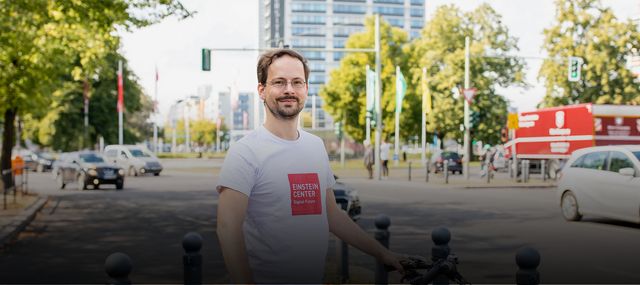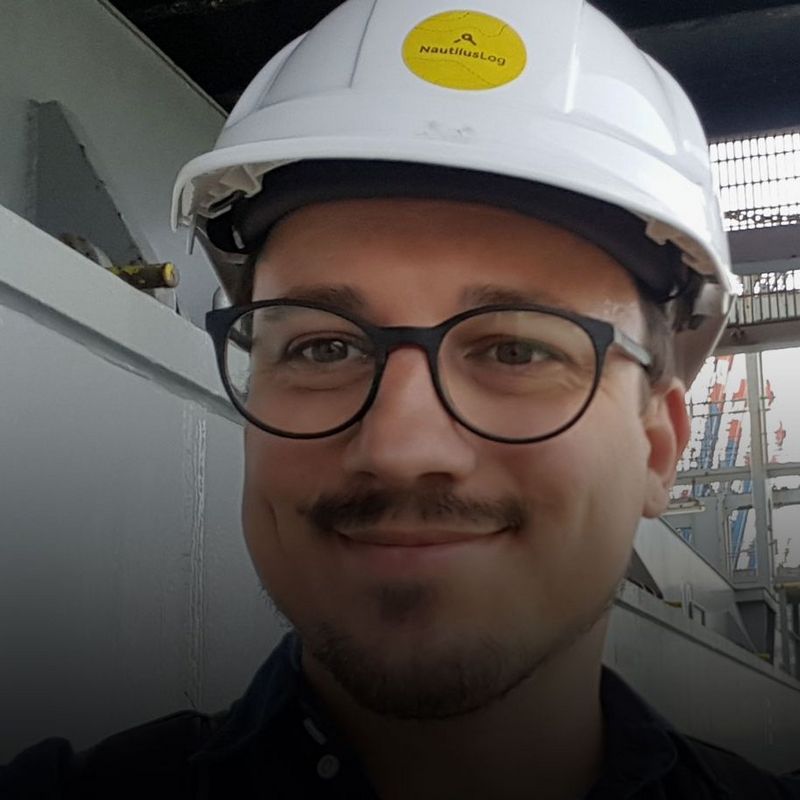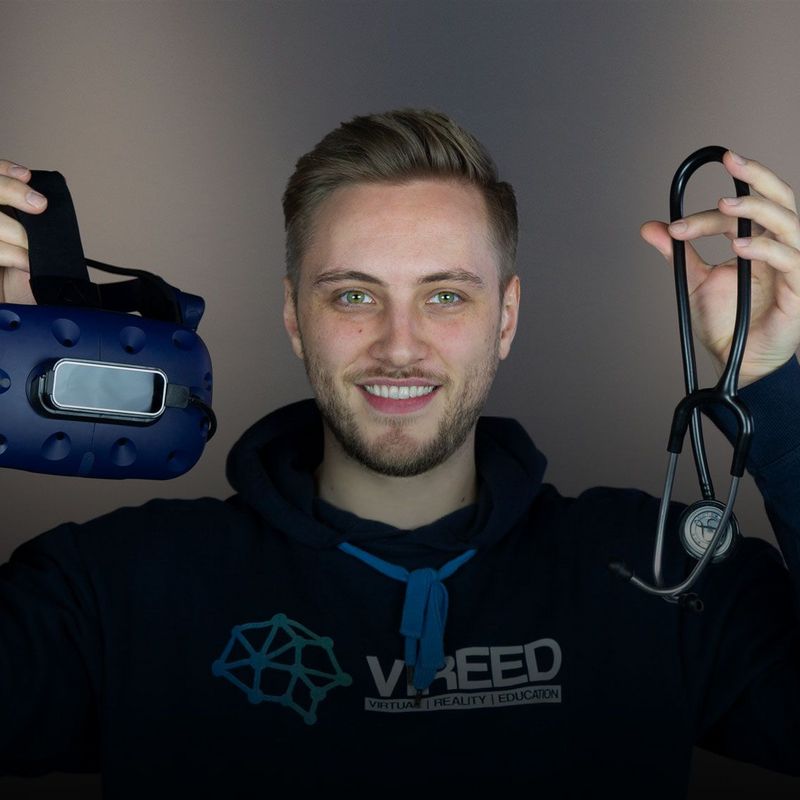18. Februar 2021
With turning lorries, vehicles parked on cycle paths and cars overtaking much too closely for comfort, anyone who cycles in cities will often end up in dangerous situations. An experience that David Bermbach also has time and again on his daily commute to the Einstein Center Digital Future in Berlin’s Mitte district. It was for this reason that, to reduce the risk of future accidents, the IT professor developed the SimRa app. This detects close shaves involving cyclists, thereby helping to identify danger spots which the traffic authorities can then make safer by introducing countermeasures.
Name: David Bermbach
Age: 36
Occupation: Professor
Websites:
www.mcc.tu-berlin.de/menue/team/prof_dr_ing_david_bermbach/
www.digital-future.berlin/forschung/projekte/simra
What is SimRa?
SimRa is the acronym for “Sicherheit im Radverkehr” (“Safety in Cycling”) and is the name of a Citizen Science project in my field. With SimRa, we’re trying to get an overview of where and why dangerous situations occur for cyclists in cities – what we call near accidents.
How did the idea come about?
The project idea was personally motivated by the fact that I myself regularly get exposed to dangerous situations as a cyclist in Berlin. This was also the case on one day in the spring of 2018: I was riding my bike to work when I experienced one of those typical situations, which so often has lethal consequences, of a driver breaking the rules governing the right of way and turning right in front of me. Luckily, I was just about able to avoid the collision. When I arrived at the office understandably upset, I found a call in my e-mail inbox for applications for Citizen Science projects. I got together with one of my doctoral students to consider whether something could be done, and that’s how the project idea came about.
How can the SimRa app detect near accidents?
The app uses the accelerometers built into mobile phones. To put it very simply, you can say that most kinds of near accident result in very sudden changes in acceleration, for example when you have to take evasive action or brake suddenly. We try to identify these situations from the sensor data. Originally, we used a very simple heuristic, i.e., a rough approximation analysis, but we’re now switching to machine learning, with which you have significantly better hit rates. After the trip, the user involved is then asked to describe the near accident or, if necessary, to add fresh information to the data on near accidents that we’ve already identified.
How can these data specifically help to improve the situation of cyclists in cities?
With these data you get a first overview of where and why dangerous situations occur, which can make a significant contribution to the planning work of the competent traffic authorities. We also publish all the data as open data so that others can continue to use them. For example, so that cyclists can take into account the level of risk on a section of road when they’re planning their route or be alerted to accident blackspots when they’re out on their bikes.
You’ve already published your first results for Berlin. What were the key findings?
The main insight has to be that, rather than there being two or three particularly dangerous places, we can instead identify a whole array of blackspots. What’s more, you can see that certain types of road construction always crop up as either dangerous or safe. For example, sections with decent cycling infrastructure are very busy, but you hardly get any near accidents. But everyone can also see this for themselves on our results website: https://simra-project.github.io/.
What do you think have the most important measures been to make cycling safer and, as a result, more attractive?
When I look at how many near accidents occur when motorists come up too close behind you and are waiting to squeeze past (usually coming dangerously close when overtaking), I can see that a lot would have been achieved with an inner-city speed limit of 30 km/h. And while, as a man in my mid-thirties, I can cope with quite a few things, it’s a completely different scenario for more vulnerable riders. In this respect, it’s incredibly important for the planning of cycling infrastructure to be tailored, for example, to the needs of children and senior citizens. Ultimately, we need a change of mentality so that traffic offences are no longer regarded as trivial misdemeanours. This means that the police and law enforcement agencies should consistently enforce traffic rules, and motorists should rethink their approach to cyclists. It will forever remain a mystery to me why people who would never go shoplifting, for example, seem to believe that parking in no-stopping lanes or getting too close when they overtake is okay, even though it puts other people at risk.
How has SimRa developed since its launch in 2018 and what will happen next?
After a few months of beta testing and development with our “Citizens”, we took the app live in March 2019 and have been collecting more and more rides in Berlin ever since. We’ve also met with a lot of interest from other cities, so that we now have 13 offshoot regions where you can also use SimRa. We next want to cover the whole of Baden-Württemberg and Rhineland-Palatinate – once we’ve found a contact person for a region, it all happens very fast. Aside from that, we’re currently primarily working to improve the app’s usability and implement further data analyses.
Which digital product has yet to be invented?
The World is becoming more and more stressful and complex, and life doesn’t get any easier when to-do lists and communications get spread over a lot of different tools. In this respect, I’d like to see something that intelligently collects and manages all this information and these lists But it’s exactly this quest that led us to have so many different tools in the first place. :-)
And which products can you do without?
If I really had to, I’m sure I would manage without all of them. I tend to be more of a minimalist anyway. For example, we recently found that my PhD students have all installed significantly more apps than me – sometimes four times as many.
Would you like a household robot?
Only if it could take all the paperwork off me.
Which technical application will always remain a mystery for you?
Why people choose to drive to the gym.
When were you last offline for 24 hours?
That must have been two or three years ago.
holiday without Wi-Fi: Is that a dream or a nightmare?
Neither. It’s nice to have wi-fi access on holiday, but I’m fine without it. Aside from that, the chance to have a longer holiday would be a fine thing ...
In the #explore format we’re giving a regular voice to exciting and inspiring people from the digital scene: To researchers, bloggers, start-up founders, entrepreneurs, hackers, and Visionaries.


